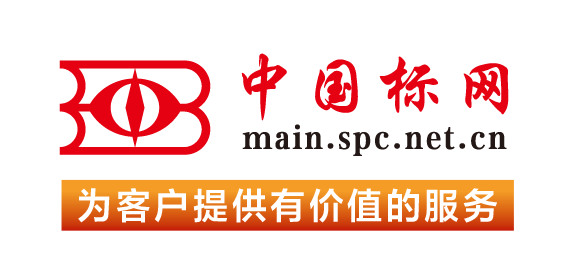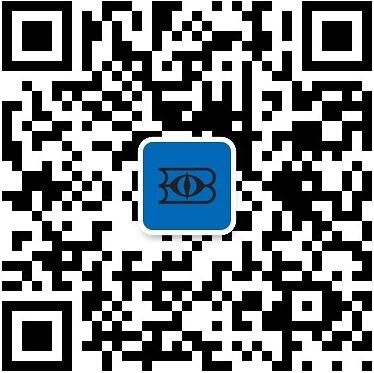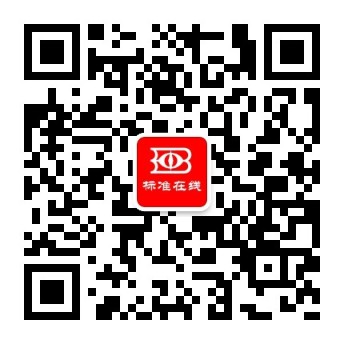【国外标准】 Standard Guide for Demonstrating and Assessing Whether a Chemical Analytical Measurement System Provides Analytical Results Consistent with Their Intended Use
本网站 发布时间:
2024-02-28
开通会员免费在线看70000余条国内标准,赠送文本下载次数,单本最低仅合13.3元!还可享标准出版进度查询、定制跟踪推送、标准查新等超多特权!
查看详情>>
适用范围:
4.1 This guide is intended for use by both generators and users of analytical results. It is intended to promote consistent demonstration and documentation of the quality of the measurement results and facilitate determination of the validity of measurements for their intended use.4.2 This guide specifies documentation that a laboratory should supply with the analytical results to establish that the resulting measurements: (1) meet measurement quality requirements; (2) are suitable for their intended use; and (3) are technically defensible.4.3 While the guide describes information that the measurement results provider needs to give the user/decision maker, in order for measurement providers to supply data users with appropriate data, information is needed from the data user. Examples of information that the user should provide to the laboratory, in addition to the analytes of concern (including the form of the analyte that is to be determined, for example, total lead, dissolved lead, organic lead, inorganic lead), include but are not limited to:4.3.1 Type of material (that is, matrix—fresh or salt water, coal fly ash, sandy loam soil, wastewater treatment sludge),4.3.2 Maximum sample holding time,4.3.3 Projected sampling date and delivery date to the laboratory,4.3.4 Method of chemical preservation (for example, not preserved, chemical used),4.3.5 Chain-of-custody requirements, if any,4.3.6 Analytical methods that must be used, if any,4.3.7 Measurement quality requirements expressed as DQOs or MQOs and action limits,4.3.8 Allowable interferences as described in 10.4,4.3.9 Documentation requirement, and4.3.10 Subcontracting restrictions/requirements.4.4 Users/decision makers should consult with the laboratory about these issues during the analytical design stage. This will allow the design of sample collection process and project schedule to accommodate the laboratory activities necessary to determine the desired level of measurement quality. The number of samples, budgets, and schedules should also be discussed.1.1 This guide describes an approach for demonstrating the quality of analytical chemical measurement results from the application of a measurement system (that is, method or sequence of methods) to the analysis of environmental samples of soil, water, air, or waste. The purpose of such measurements can include demonstrating compliance with a regulatory limit, determining whether a site is contaminated above some specified level, or determining treatment process efficacy.1.2 This guide describes a procedure that can be used to assess a measurement system used to generate analytical results for a specific purpose. Users and reviewers of the analytical results can determine, with a known level of confidence, if they meet the quality requirements and are suitable for the intended use.1.3 This protocol does not address the general components of laboratory quality systems necessary to ensure the overall quality of laboratory operations. For such systems, the user is referred to International Standards Organization (ISO) Standard 17025 or the National Environmental Laboratory Accreditation Conference (NELAC) laboratory accreditation standards.1.4 The values stated in SI units are to be regarded as standard. No other units of measurement are included in this standard.1.5 This standard does not purport to address all of the safety concerns, if any, associated with its use. It is the responsibility of the user of this standard to establish appropriate safety, health, and environmental practices and determine the applicability of regulatory limitations prior to use.1.6 This international standard was developed in accordance with internationally recognized principles on standardization established in the Decision on Principles for the Development of International Standards, Guides and Recommendations issued by the World Trade Organization Technical Barriers to Trade (TBT) Committee.
标准号:
ASTM D6956-17
标准名称:
Standard Guide for Demonstrating and Assessing Whether a Chemical Analytical Measurement System Provides Analytical Results Consistent with Their Intended Use
英文名称:
Standard Guide for Demonstrating and Assessing Whether a Chemical Analytical Measurement System Provides Analytical Results Consistent with Their Intended Use标准状态:
Active-
发布日期:
-
实施日期:
出版语种:
- 推荐标准
- ASTM E2988-17(2022) Standard Practice for Specimen Preparation and Mounting of Flexible Fibrous Glass Insulation for Metal Buildings to Assess Surface Burning Characteristics
- ASTM E2989-19a(2024) Standard Guide for Assessment of Continued Applicability of Reaction to Fire Test Reports Used in Building Regulation
- ASTM E299-17a Standard Test Method for Trace Amounts of Peroxides In Organic Solvents
- ASTM E2991/E2991M-17 Standard Test Method for Evaluating Response Robot Mobility: Traverse Gravel Terrain
- ASTM E2993-23 Standard Guide for Evaluating Potential Hazard in Buildings as a Result of Methane in the Vadose Zone
- ASTM E2994-21 Standard Test Method for Analysis of Titanium and Titanium Alloys by Spark Atomic Emission Spectrometry and Glow Discharge Atomic Emission Spectrometry (Performance-Based Method)
- ASTM E2996-20 Standard Guide for Workforce Education in Nanotechnology Health and Safety
- ASTM E2997-16 Standard Test Method for Analysis of Biodiesel Products by Gas Chromatography-Mass Spectrometry
- ASTM E2999-17 Standard Test Method for Analysis of Organic Compounds in Smokeless Powder by Gas Chromatography-Mass Spectrometry and Fourier Transform Infrared Spectroscopy
- ASTM E300-03(2022) Standard Practice for Sampling Industrial Chemicals
- ASTM E3000-18 Standard Guide for Measuring and Tracking Performance of Assessors on a Descriptive Sensory Panel
- ASTM E3001-20 Standard Practice for Workforce Education in Nanotechnology Characterization
- ASTM E3002-15(2023) Standard Practice for Assessing the Comparative Efficacy of Products Used for the Decontamination of Chemical Warfare Agents (CWAs) on Skin
- ASTM E3003-20 Standard Practice for Body Armor Wearer Measurement and Fitting of Armor
- ASTM E3004-22 Standard Specification for Preparation and Verification of Clay Blocks Used in Ballistic-Resistance Testing of Torso Body Armor
 购物车
购物车 400-168-0010
400-168-0010













